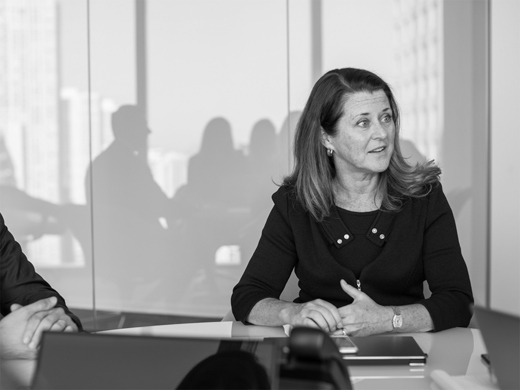Expert insights: Diversity in intellectual property




Lisa Ferri: While the legal field is more conscious today of the institutional obstacles experienced generally by women lawyers, patent l…